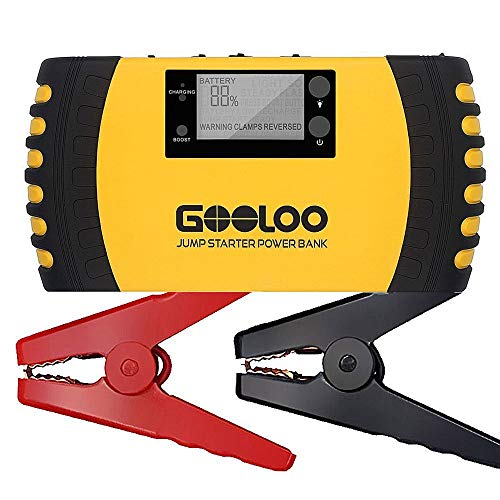
December 7, 2022
Today we are going to talk about Gooloo 1000A Peak 20800mAh Portable Car Jump Starter. It comes with many accessories along with the jump starter; the list ...
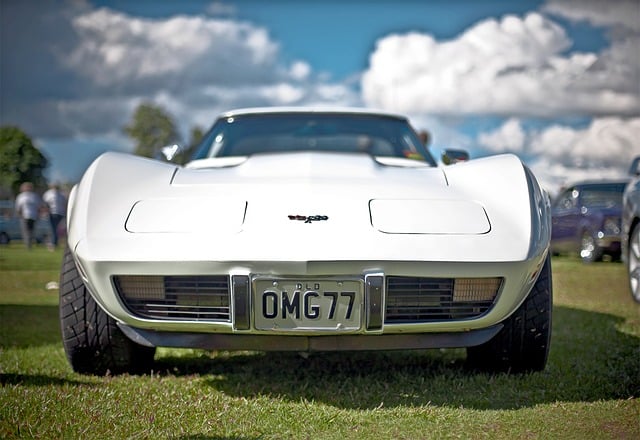
May 20, 2017
The tips in this article are not applicable just for purchasing a car, it will apply to anything. It will even help you sell.
Bargaining is not just talk. ...
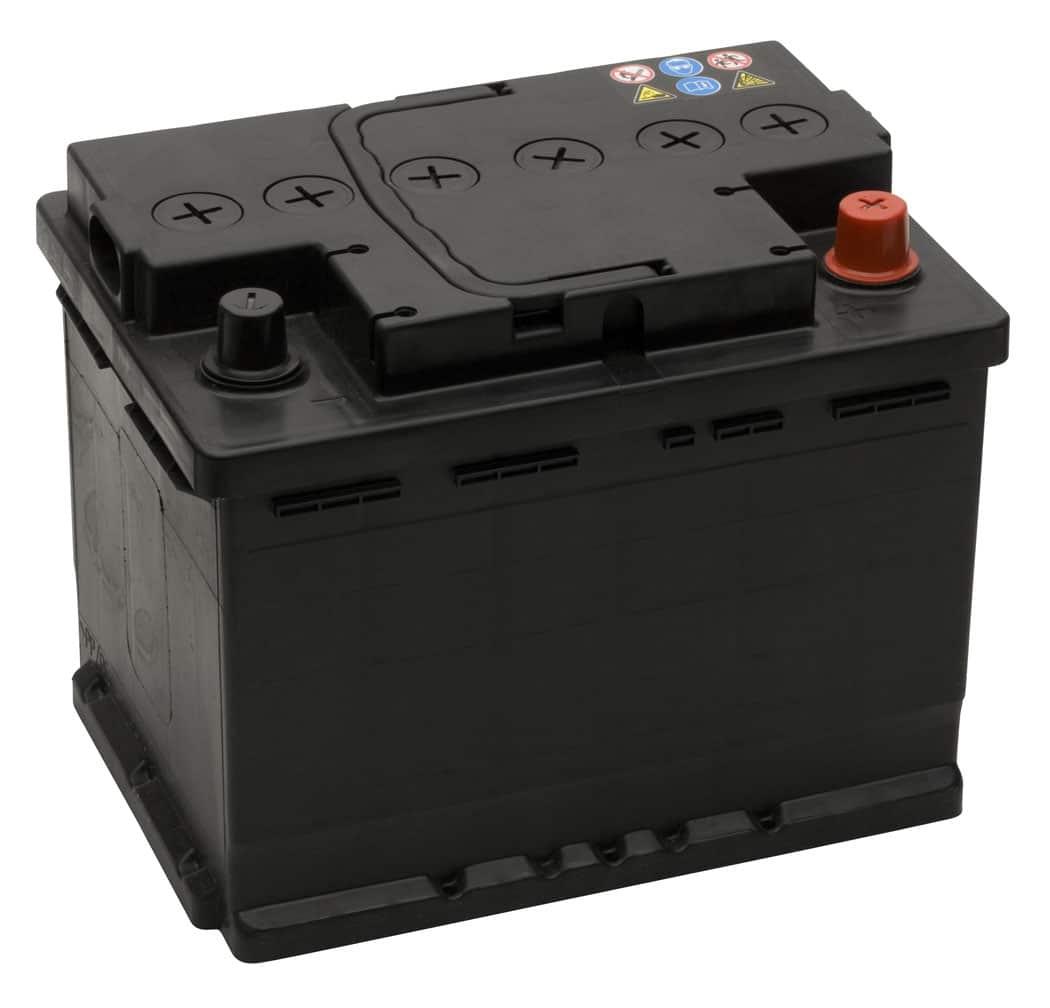
January 2, 2017
Besides the alternator, the battery is one of the most vital components in any automobile's electric system. It provides the juice to run all of your expensive ...
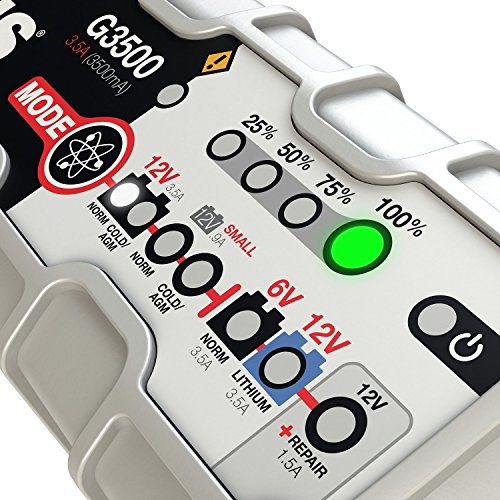
December 18, 2016
The winter period is critical for car batteries. Drivers usually start thinking about getting a new battery when the frosts last a long time or are really ...
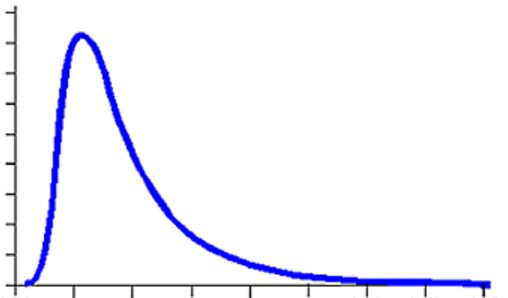
December 8, 2016
Buying a car battery jump starter can be really confusing. When buying a jump starter, you will find that there is very little consistency among jump starter ...
Show next
Blog
- Where is the Battery in a 2012 Chevy Traverse? Discover the Hidden Location February 19, 2024
- Schumacher SC1281 6/12V Fully Automatic Battery Charger Review September 18, 2023
- Schumacher DSR109 DSR Pro Series 12V 800A Jump Starter Review September 18, 2023
- What’s the difference between pocket jump packs and heavy duty jump packs? August 17, 2023
- Car Maintenance: What to Look out for During the Summer and Winter July 8, 2023
Links
About
Disclaimer & Privacy Policy
Contact us
Blog
Amazon affiliate disclosure:
As an Amazon Associate I earn from qualifying purchases.
Disclaimer & Privacy Policy
Contact us
Blog
Amazon affiliate disclosure:
As an Amazon Associate I earn from qualifying purchases.





